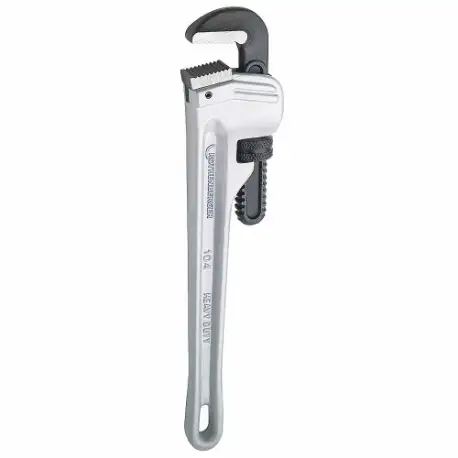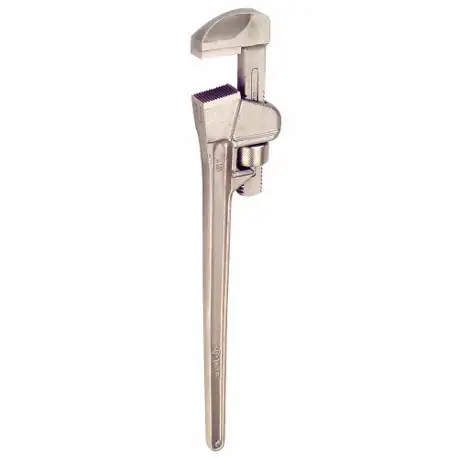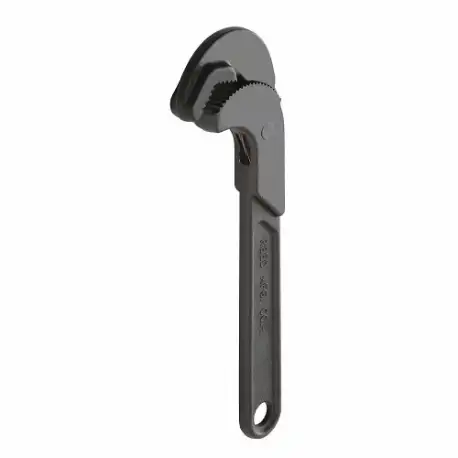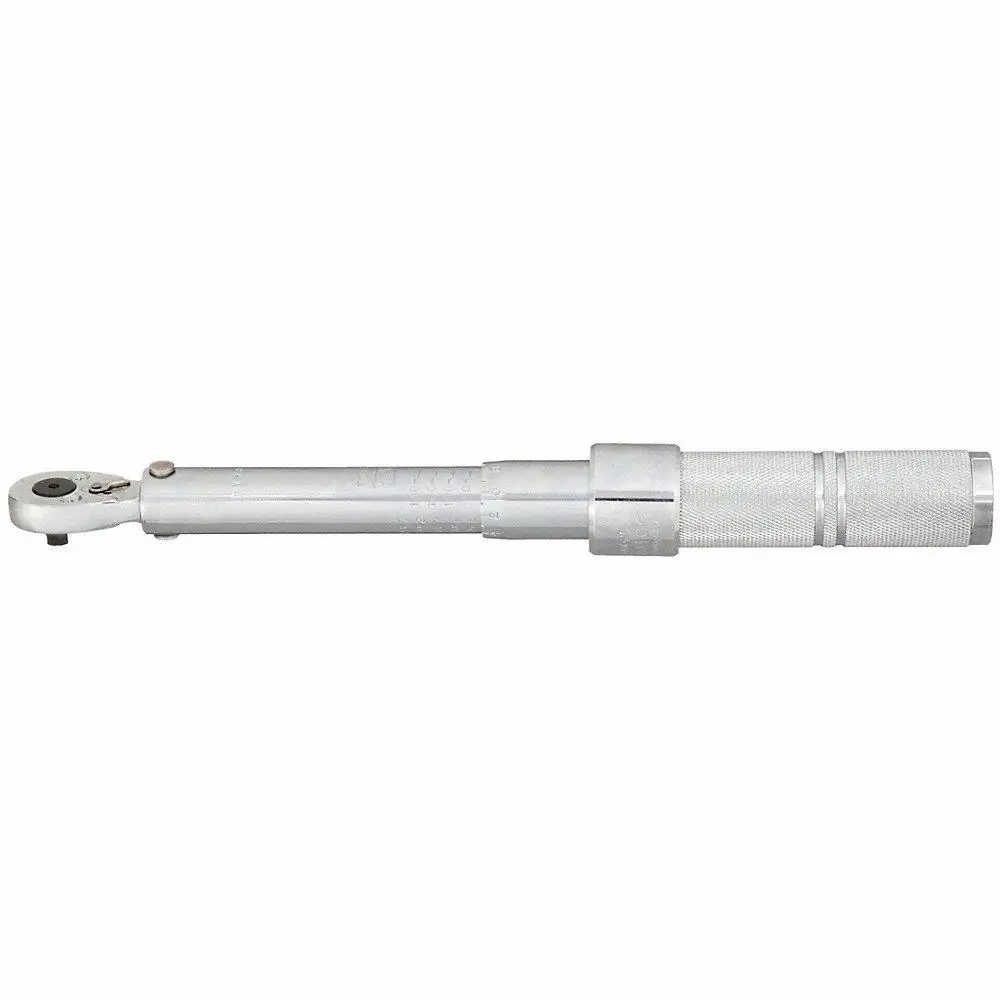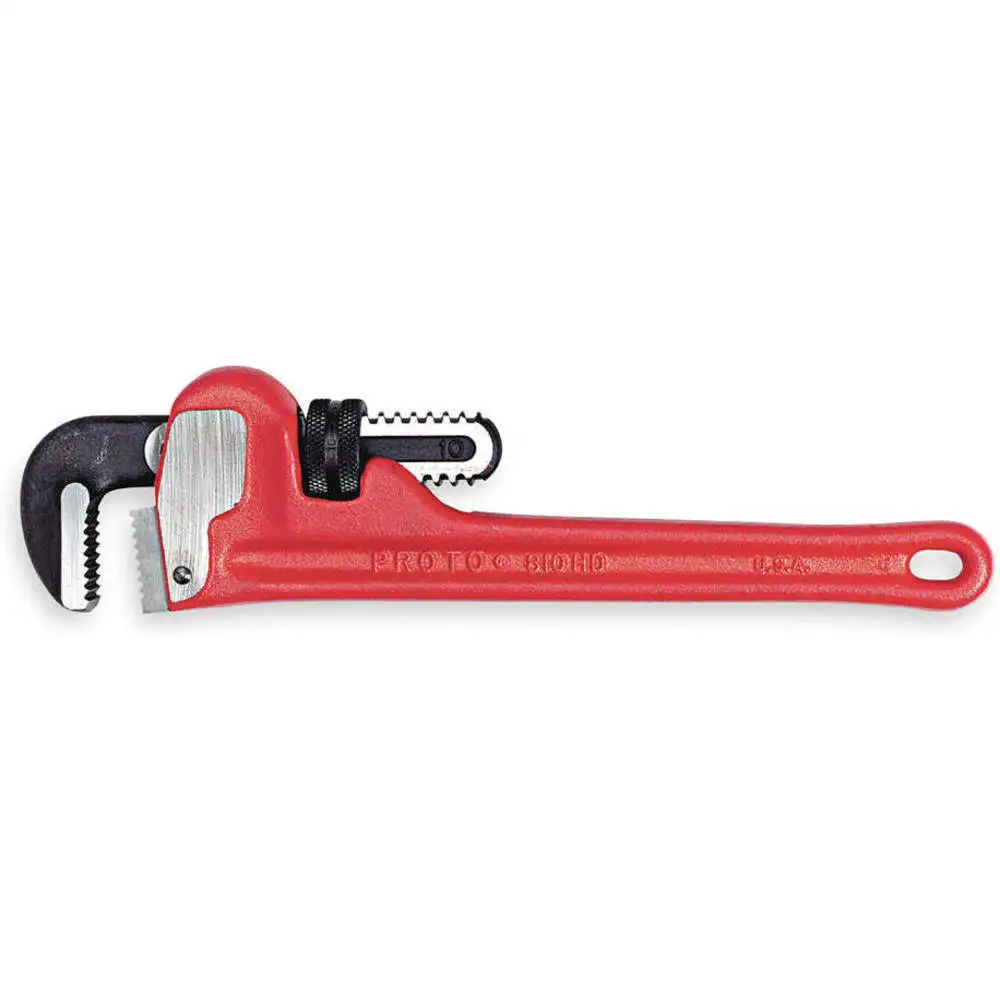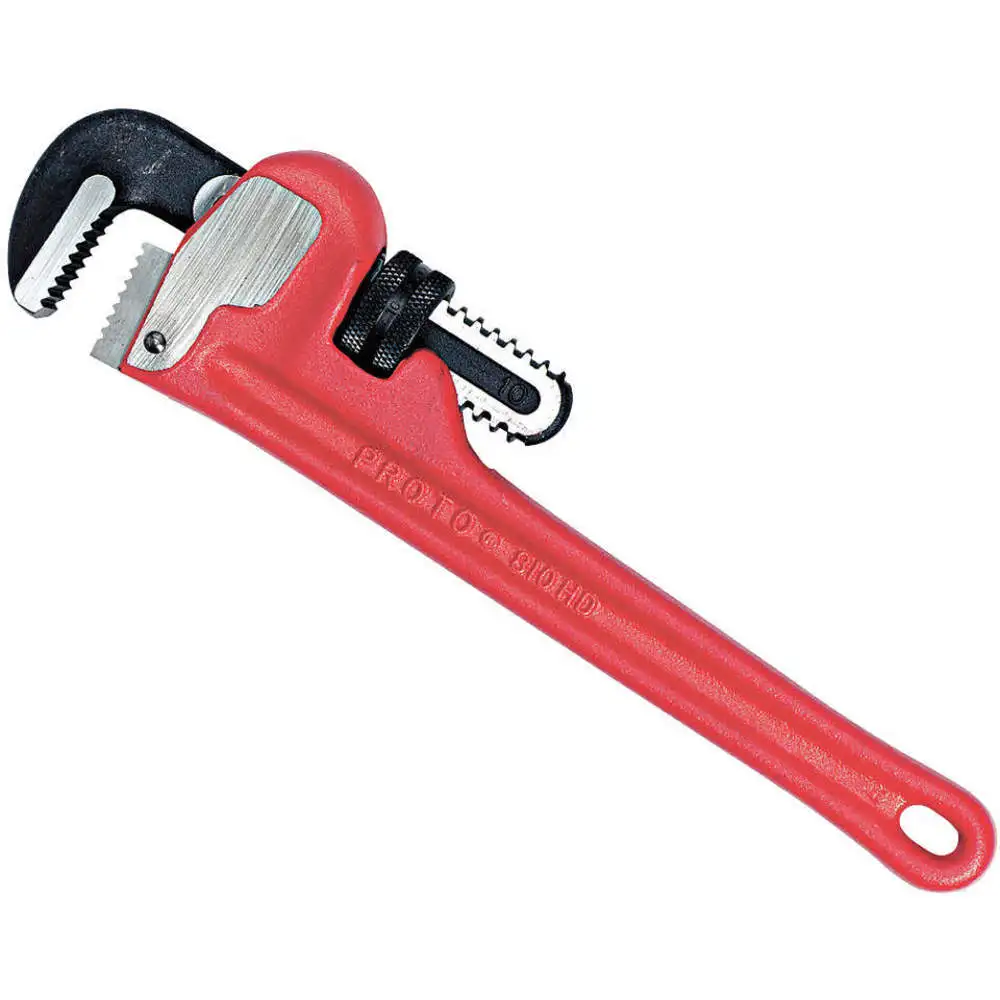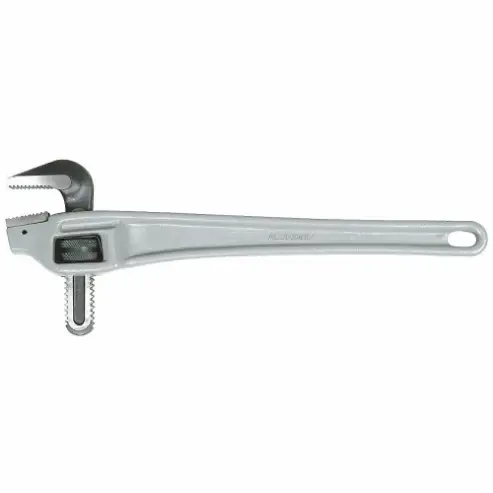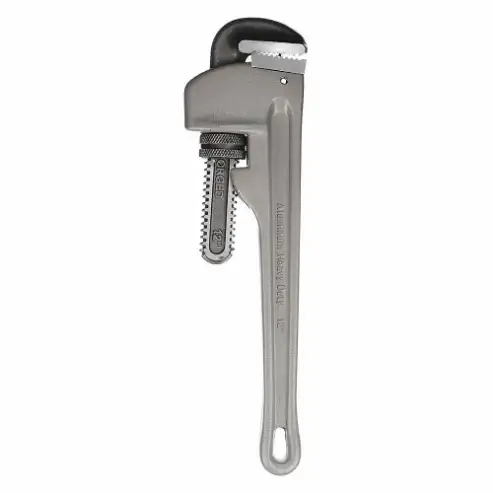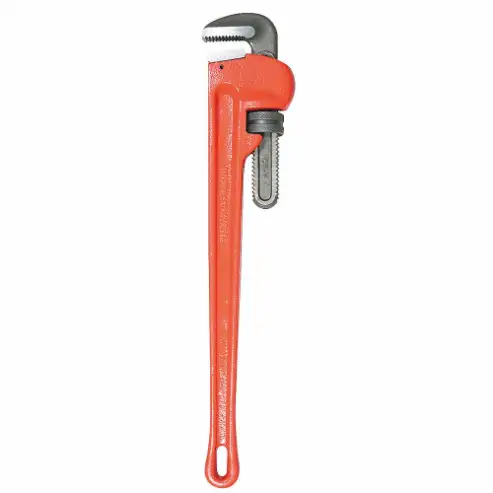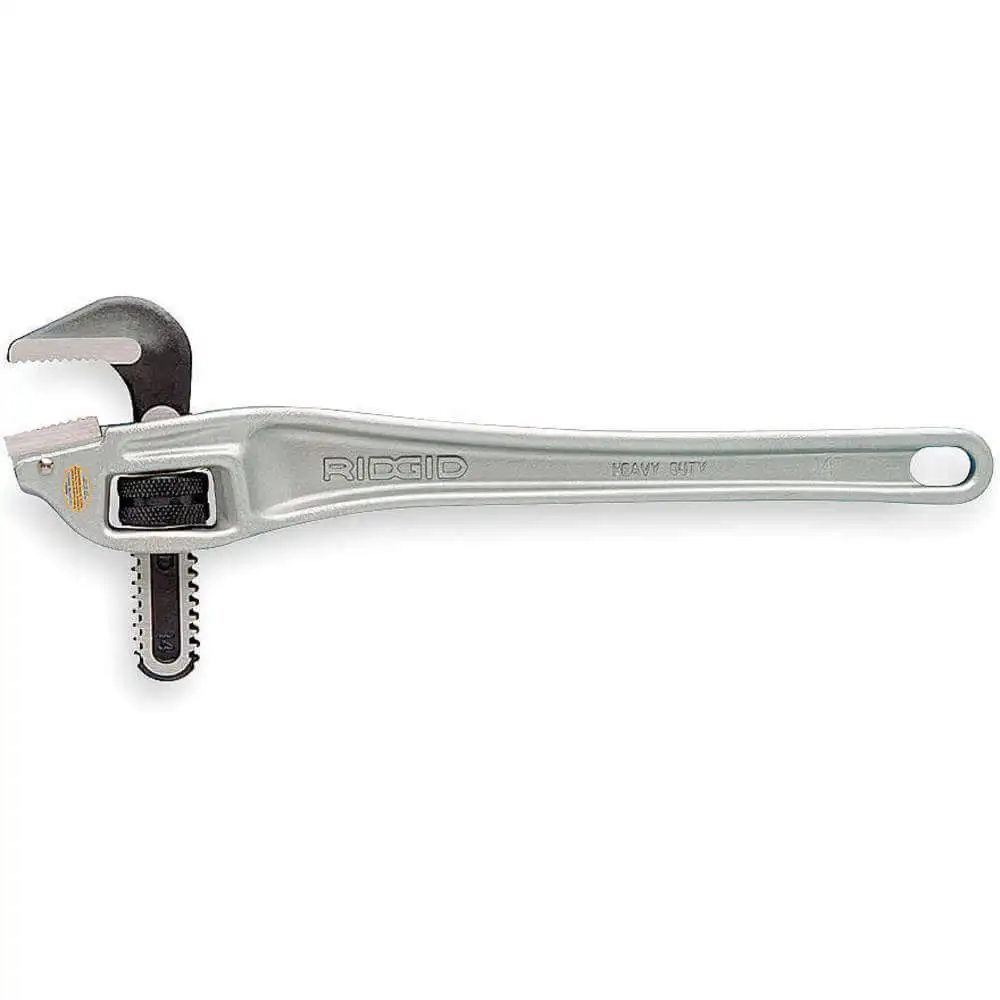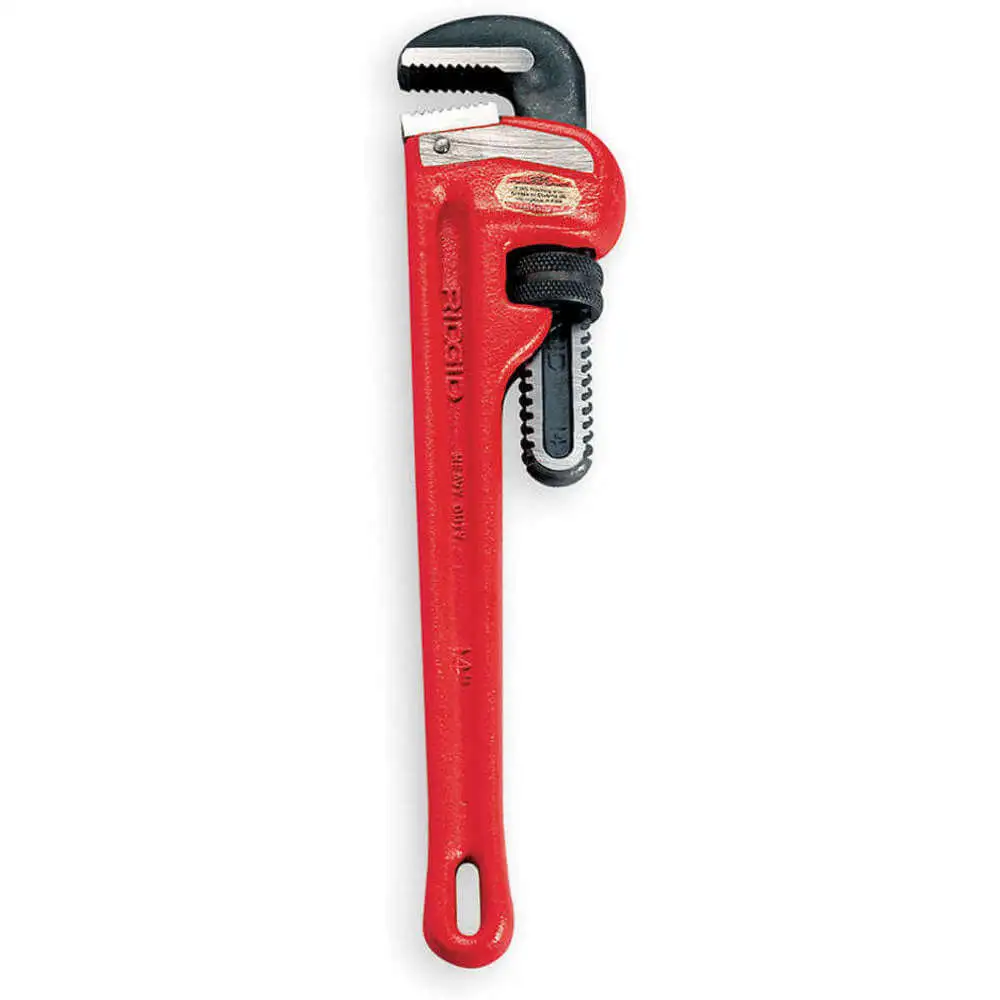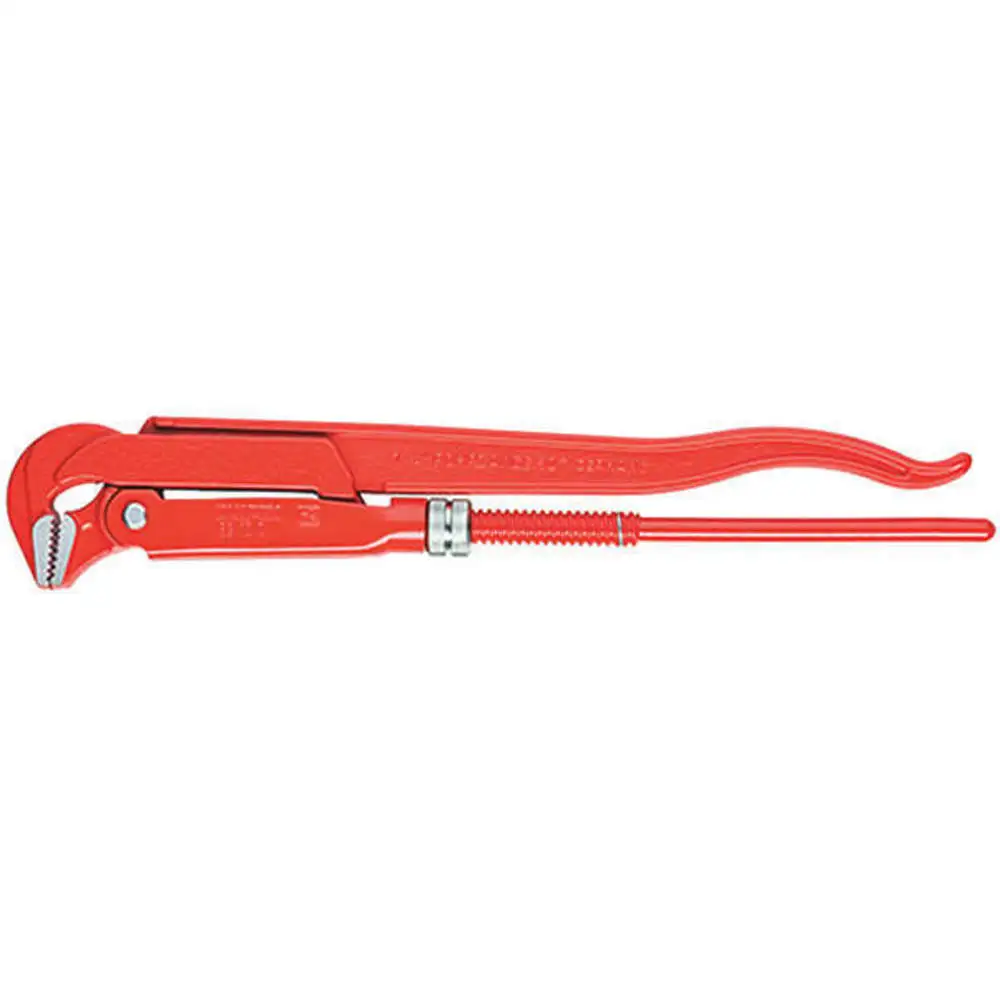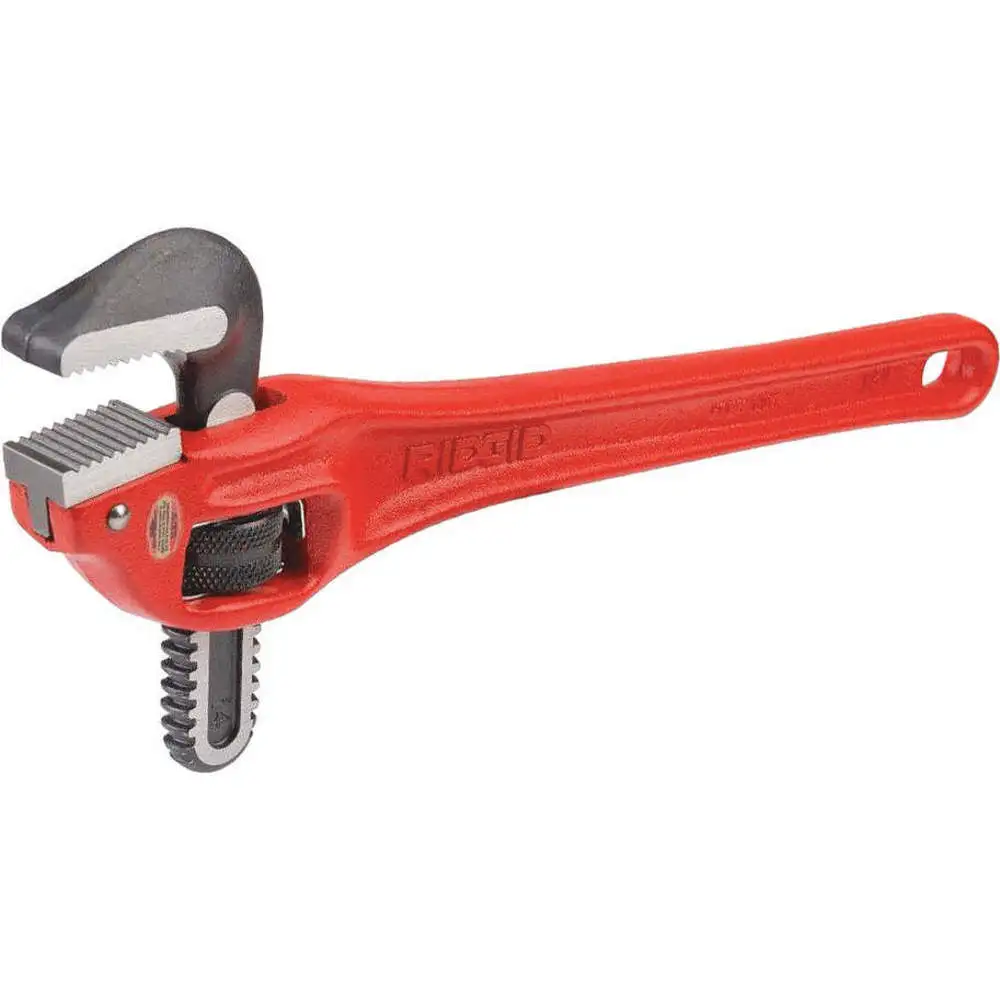| A | 1XJZ2 | Aluminum | 5" | Hardened Alloy Steel | Standard | 36" | Standard Tool(Accessory Needed for Tethering) | A$ 542.90 | This product can only be shipped in multiples of 6 |
| B | 4YR90 | Aluminum | 2.5" | Hardened Alloy Steel | Standard | 18" | Standard Tool(Accessory Needed for Tethering) | A$ 181.33 | This product can only be shipped in multiples of 6 |
| C | 4YR91 | Aluminum | 3" | Hardened Alloy Steel | Standard | 24" | Standard Tool(Accessory Needed for Tethering) | A$ 282.16 | This product can only be shipped in multiples of 6 |
| D | 3MA12 | Aluminum | 2" | Hardened Alloy Steel | Standard | 14" | Standard Tool(Accessory Needed for Tethering) | A$ 140.42 | This product can only be shipped in multiples of 6 |
| E | 3MA10 | Aluminum | 1.5" | Hardened Alloy Steel | Standard | 10" | Standard Tool(Accessory Needed for Tethering) | A$ 112.99 | This product can only be shipped in multiples of 6 |
| F | 3MA11 | Aluminum | 2" | Hardened Alloy Steel | Standard | 12" | Standard Tool(Accessory Needed for Tethering) | A$ 132.52 | This product can only be shipped in multiples of 6 |
| G | 6ATY3 | Aluminum Alloy w/Powder Coated Finish | 5" | Carbon Steel | Knurled | 48" | Standard Tool(Accessory Needed for Tethering) | A$ 991.18 | This product can only be shipped in multiples of 6 |
| H | 23X843 | Beryllium Copper | 3" | Beryllium Copper | Full Floating Hook Jaw With Stationary Heel Jaw | 24" | Standard Tool(Accessory Needed for Tethering) | A$ 2166.85 | This product can only be shipped in multiples of 6 |
| I | 3LY96 | Cast Ductile Iron | 1" | Forged Chrome Vanadium Steel | Standard With Full Floating Hook | 8" | Standard Tool(Accessory Needed for Tethering) | A$ 73.62 | This product can only be shipped in multiples of 6 |
| J | 3LY98 | Cast Ductile Iron | 2" | Forged Chrome Vanadium Steel | Standard With Full Floating Hook | 12" | Standard Tool(Accessory Needed for Tethering) | A$ 84.07 | This product can only be shipped in multiples of 6 |
| K | 3LY99 | Cast Ductile Iron | 2" | Forged Chrome Vanadium Steel | Standard With Full Floating Hook | 14" | Standard Tool(Accessory Needed for Tethering) | A$ 90.80 | This product can only be shipped in multiples of 6 |
| L | 3LY97 | Cast Ductile Iron | 1.5" | Forged Chrome Vanadium Steel | Standard With Full Floating Hook | 10" | Standard Tool(Accessory Needed for Tethering) | A$ 73.51 | This product can only be shipped in multiples of 6 |
| M | 4YR93 | Cast Iron | 2.5" | Forged Steel | Standard With Full Floating Hook | 18" | Standard Tool(Accessory Needed for Tethering) | A$ 131.86 | This product can only be shipped in multiples of 6 |
| N | 4YR94 | Cast Iron | 3" | Forged Steel | Standard With Full Floating Hook | 24" | Standard Tool(Accessory Needed for Tethering) | A$ 194.44 | This product can only be shipped in multiples of 6 |
| O | 1XJZ3 | Cast Iron | 5" | Forged Steel | Standard With Full Floating Hook | 36" | Standard Tool(Accessory Needed for Tethering) | A$ 487.32 | This product can only be shipped in multiples of 6 |
| P | 39CG46 | Cast Iron | 1/2" | Steel | Serrated | 6" | Standard Tool (Accessory Needed for Tethering) | A$ 65.06 | This product can only be shipped in multiples of 6 |
| Q | 39CG51 | Cast Iron | 8" | Steel | Serrated | 60" | Not Tether Capable | A$ 1116.45 | This product can only be shipped in multiples of 6 |
| R | 6ATY2 | Malleable Cast Iron w/Powder Coated Finish | 5" | Carbon Steel | Knurled | 48" | Standard Tool(Accessory Needed for Tethering) | A$ 765.79 | This product can only be shipped in multiples of 6 |
 £ GBPChange Country
£ GBPChange Country







